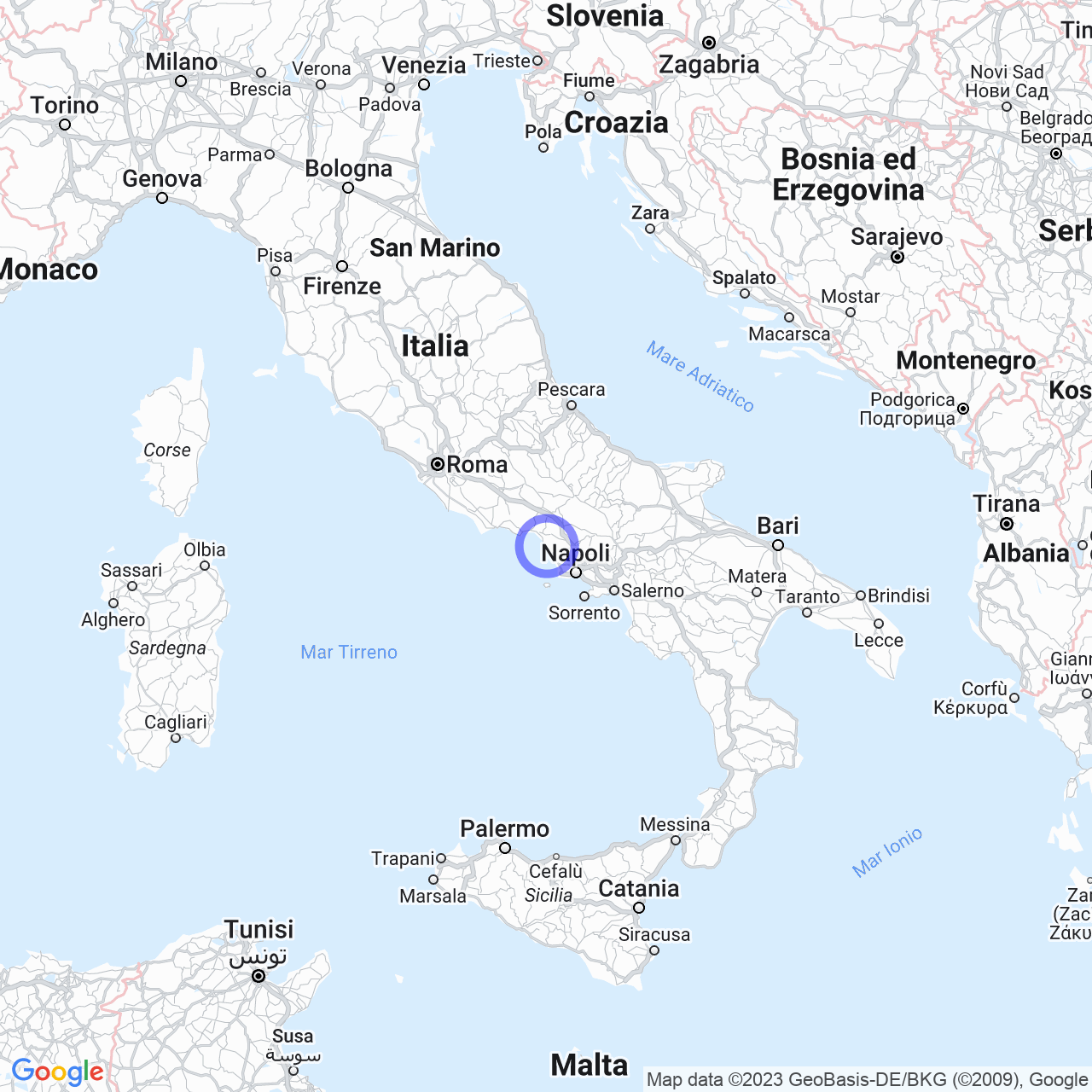Mondragone
Hi friends! Today I’ll talk to you about Mondragone, a small Italian town located in the province of Caserta, in Campania region. With its population of 28,417, it is a really interesting place worth visiting.
Physical geography
Mondragone is located between the Garigliano river to the north (Liri) and the Volturno river to the south, in an area of ancient origin. To the west lies Mount Massico, near the sea, while in the center there are the hills of Mount Petrino. To the east, the coastal area overlooks the Gulf of Gaeta and the Bay of Pozzuoli, with a view of the islands of Ischia, Procida, and part of the Ponziane Islands. Another important mountain in the municipality is Mount Crestagallo.
Etymology
There are several hypotheses about the origin of the name Mondragone, but the most plausible one tells of a Norman nobleman named Drogone d'Altavilla, brother-in-law of Riccardo I of Aversa and Guaimario IV of Salerno. During his short reign, he built a military fortification on the first villages located on Mount Petrino and called it Rocca Montis Dragonis, in honor of his daughter Rocca d'Altavilla. Over time, the name turned into Rocca Monte del Dragone.
Another hypothesis, instead, tells of the presence of a dragon on the slopes of Mount Petrino, also mentioned by Jacopo Sannazaro in his work "Arcadia". It is said that the animal had a deadly breath that killed anyone who approached the cave where it lived. These nauseating odors were thought to be caused by sulfuric mofetes or Spartan discharges present in the area.

History
Ancient period
The origins of Mondragone date back to the Quaternary period, and the first inhabitants of the area were the Aurunci.
Medieval period
During the Middle Ages, Mondragone was an important fortified center and was part of the Duchy of Gaeta. Later, it came under the control of the Normans and then the Swabians. During the Kingdom of Naples, the municipality became an important agricultural and commercial center.
Modern period
In the nineteenth century, Mondragone experienced an increase in population and an improvement in the economy, especially thanks to the cultivation of olives and vegetables. In 1846, the railway station was inaugurated, and the municipality became part of the Naples-Formia railway.
Contemporary period
During World War II, Mondragone suffered severe damage, especially during the clashes between the Allied forces and those of the German army. After the war, the municipality experienced a period of economic development thanks to its proximity to the Naples Milk Center, which created many jobs.
Today, Mondragone is a lively and welcoming town, with many commercial and cultural activities that make it a pleasant place to live or spend a vacation.
Conclusions
In conclusion, Mondragone is a wonderful place that is definitely worth visiting. With its view of the Aurunci mountains and the coastal area, it offers a breathtaking panorama. The history of the municipality is rich in interesting events, and the hypotheses about the origin of the name are fascinating. I hope this summary has encouraged you to visit Mondragone to discover all the beauties of this splendid Italian municipality.
